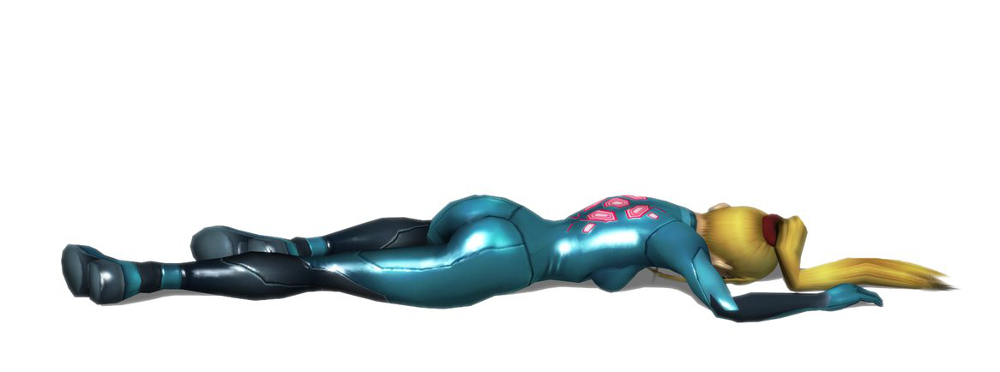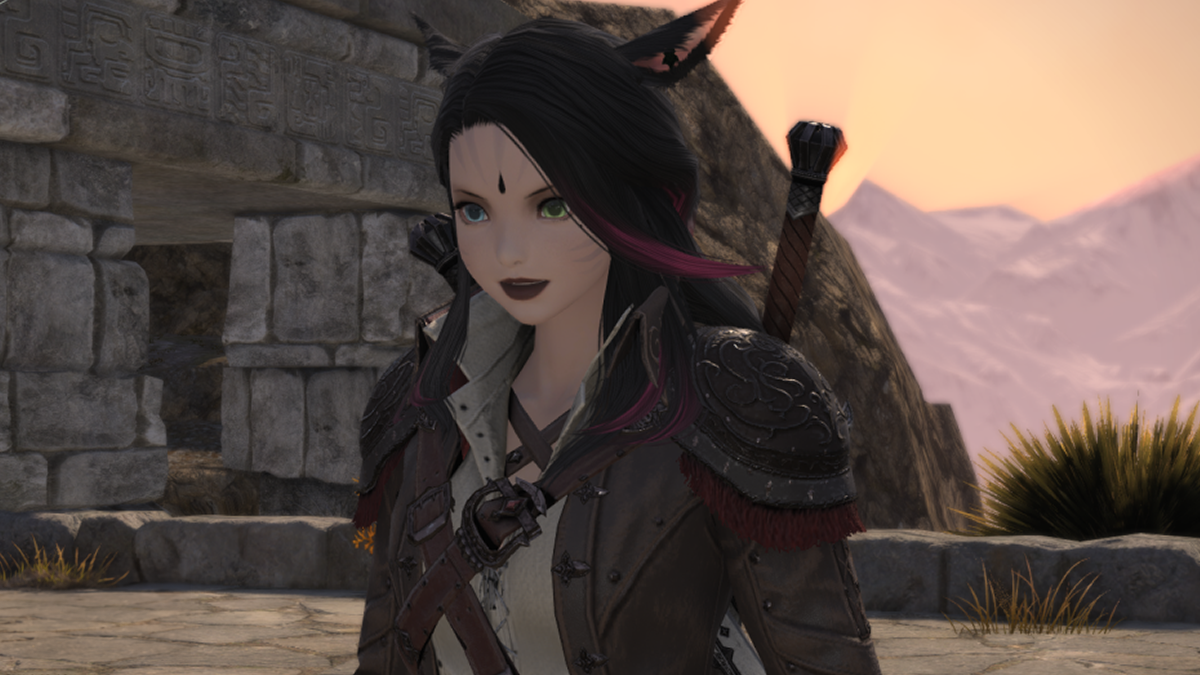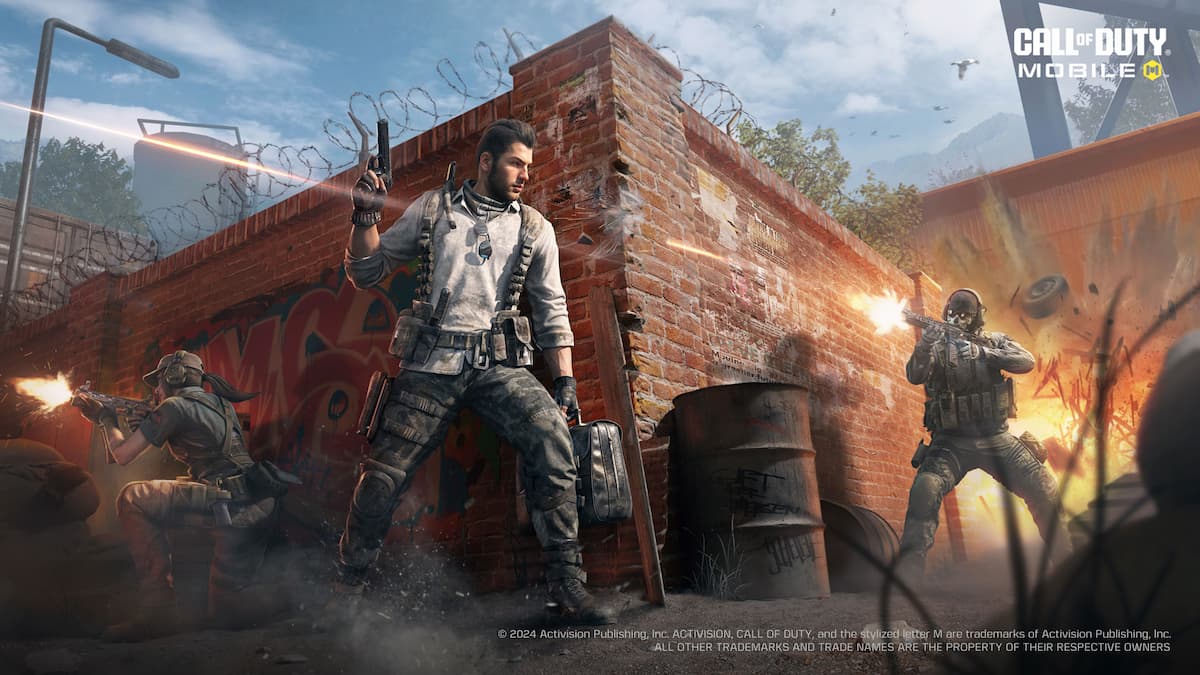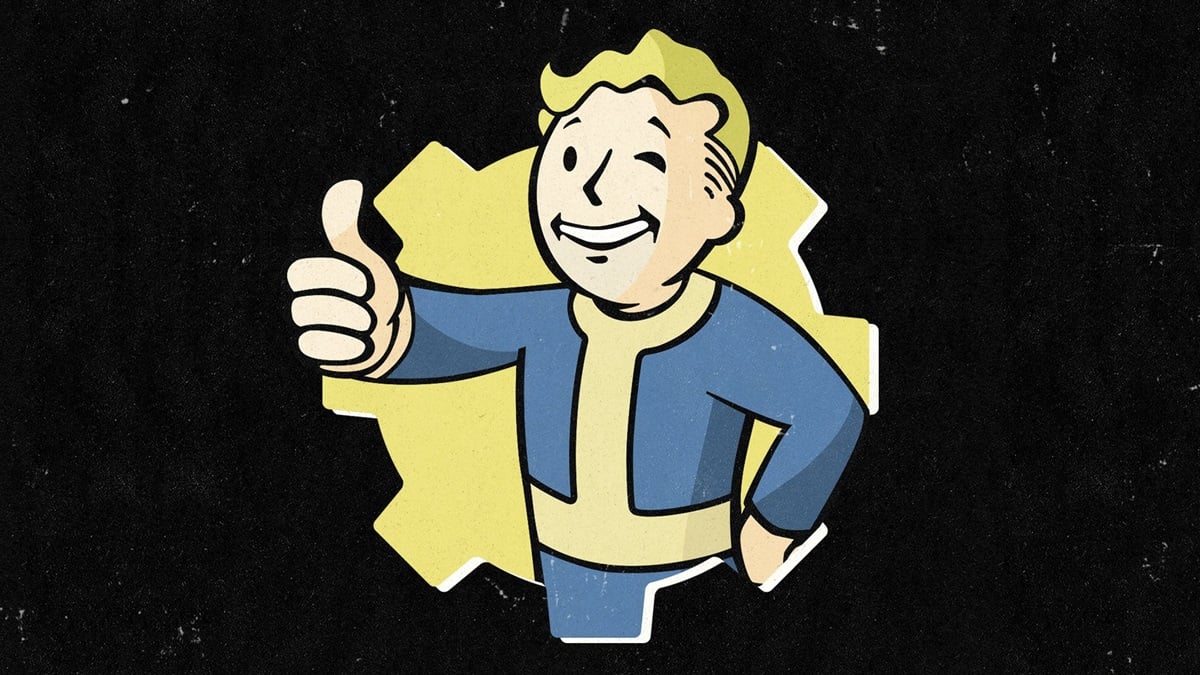Also, some Melee bouts from EVO 2014
[Art by Fallen Party]
[Update: Some of you are pretty upset about the article! Sorry about that.
Also, a few people pointed out a couple of mistakes I made. First, I wrote that you can block in the air in Smash Bros. Looks like I “tripped” up! I meant to say “dodge.” Sometimes when you type too fast, you put down the wrong word, and it may not get caught in the proofread. My apologies.
Also, there is some dispute over if “L-canceling” is an “unintended abuse” of the game’s system, or something intended by the developers. My guess is that it’s both — that “L-canceling” was intended by the developers, but players learned to exploit it to a degree that Sakurai and the gang didn’t intend, which could be why it was removed from Brawl entirely. It’s hard to say for sure though, as Sakurai hasn’t made any comment on the subject that I know of. Either way, you should know that “L-canceling” may be an intended mechanic in Melee and Smash Bros on the N64. Hope that helps, and if you find any other mistakes, you can let me know on twitter- @tronknotts. Thanks everybody!]
[Update 2: I asked Michael “Mr Bean” Molinary to write a counterpoint to my point and it’s really good.]
There’s a Smash Bros. tournament going on tonight at a local comic book store. The creator of Catlateral Damage and I were planning on attending, but they changed the game from Brawl to Melee at the last minute. We both backed out, resigned to the reality of the situation, but still disappointed. It’s totally understandable that the majority of competitive Smash players prefer the increased level of fast and precise character control that Melee offers over Brawl, but as diehard Lucas, Olimar, and Squirtle fans, Melee isn’t worth the $15 entry fee.
I figured I’d get over it by watching some Melee at EVO, and I quickly found myself feeling frowny. It seems like the longer the game is played, the less high level competitors try new things. Most of the matches were just a high-speed poke and fake contest. The only times things got really interesting was when a character is in the clutch, trying to recover from being knocked off the edge, but those mechanics are just as fun to watch in Brawl or even the original N64 Smash Bros.
I wondered how much more interesting it would be to watch some aggressive play in Brawl. Yes, even though it has tripping. Especially because it has tripping.
Tripping (also know as prat falling) was a new aspect of the Smash Bros. gameplay system added with Brawl, the third game in the series. When playing on solid ground (meaning not on ice or wet ground) you have a 1/100 chance of falling every time you go from a still position to a dash or a roll. Chances of tripping increase on ice and wetness. There are also attacks specifically designed to make others trip. After tripping, you’ll remain vulnerable to attack for half a second.
This was enough to enrage many Smash Bros. fans. They took the inclusion of this mechanic as a personal attack — as an intentional move to get them to enjoy Brawl less than other games. It wasn’t the only reason they were upset with the game. Compared to Melee, the characters in Brawl generally move a little slower and have longer hang times after jumping. Throw tripping on top of all that, and it was just too much. This is despite the fact that most human beings wouldn’t be able to see the difference in how the games play unless presented with a head to head comparison. Even then they may not be able to see it. Unless you’re accustomed to the lightning fast pace of competitive Melee play, the differences may be undetectable.
So if the differences are minor, and tripping is a rarity, why did Brawl cause Melee devotees to feel so robbed? It’s because contrary to what many may think, the core appeal of the series isn’t watching a bunch of Nintendo characters hit each other into space and then explode. The thing that really makes playing Smash Bros, particularly Melee, feel different than other fighting games is the absurd level of control that it allows you to take over your character.
Smash Bros. was created by Masahiro Sakurai. He also created Kirby, a series that was designed to be the philosophical opposite of Super Mario Bros. when it it comes to control and empowerment. Where Mario has to constantly weigh the rewards of running (increased jump distance and speed towards the end of the course) with the risks that come with it (decreased character control and potential to speed into a deathtrap), Kirby allows the player to move their character almost anywhere they want at all times, and at little cost. Kirby doesn’t have to worry about getting a running start and jumping over the giant pit at the very last second. He’ll just fly over the thing, with the spirit of “whatever” firmly planted on his face as he floats on by. Go up against an enemy that has an ability greater than yours? No need to cautiously approach and wait for just the right time to attack. Just swallow them whole and you’re done. Just don’t forget to make that “whatever” face. It’s so alpha.
Smash Bros takes that “go anywhere, do anything anytime” edict and applies it to the fighting game genre. Every character has at least two jumps, can block in the air, and advance with invincibility while rolling. Almost all fighters have projectiles, attacks that strike in two or more directions at once, or help them to travel vertically to help them recover after a jump (or two). In Melee, there are even unintended abuses of the system (like L-canceling) that allow for even greater levels of power and safety. This is all without the prerequisite complex stick and button combinations that most fighting games require you perform before you do anything “special.” Like in Kirby, Smash Bros. allows you to do the most amazing things without really trying.
When every character in a fighter has this many abilities, the game becomes not so much what strategies you choose, but how fast and efficient you are in implementing them. This eventually turned most high level Smash Bros. Melee play into a race to get in there then start a poke and fake routine until your opponent makes a mistake. Any sort of long distance game, alternating between closing in and backing off, or anything but fast, short range normal attacks has been mostly thrown out the window. The most statistically successful and commonly used characters (Fox, Sheik, Captain Falcon) all are all about speed and risk reduction, making the game a contest of reflexes and dexterity more than anything else. To put it bluntly, competitive Melee has become a game that attracts impatient control freaks who want full authority over their player character and their opponent at all times, leaving nothing to chance and no time to wait and see how a situation will unfold.
This is why the inclusion of tripping in Smash Bros Brawl felt like a slap in the face to them. The idea of having a 1/100 chance of being vulnerable and out of control for even a split second is the exact opposite of what they wanted. In part due to fear of tripping, play-style culture in Brawl quickly became geared towards the static and defensive. Chatter in competitive circles told of horror story loses due to tripping. Videos of comically tragic trip fails spread across Youtube. The consensus began to preach that if you wanted to maximize your chances of winning at Brawl, you has to minimize your chance of tripping by dashing as little as possible. This lead the most dedicated Brawl players to master the art of playing defensively, while the majority of Smash Bros die-hard community just played Melee.
This return to the familiar happens in fighting games a lot. Time spent learning new characters and mechanics means time spent losing to less adventurous players who stick with the standbys. When Street Fighter 3: The New Challengers [Edit: The game is actually called Street Fighter 3: New Generation. Error fixed. My apologies] (another game shunned for not rewarding aggressive players enough) was first released, it had replaced the entire cast of Street Fighter 2 with (you guessed it) new challengers, except for series mainstays Ken and Ryu. What Capcom and the fighting game community discovered is that most players cared more about winning than experiencing something new. Most Street Fighter 3 players played it safe and stuck with Ken or Ryu, robbing themselves of most of the new content that Capcom had dished up for them. The same is true today. Even on home consoles, where you don’t have to worry about losing a quarter or two when you lose, Ken and Ryu are still the most played characters in the Street Fighter series across the board.
Tripping doesn’t fit in a culture that values winning and being in control over experiencing new things and overcoming new problems. This is why I love it. Tripping forces the players and the spectators to remain on the edge of their seats all the time, watching and wondering if something “unfair” is about to happen, and what that will lead to. Tripping just means you can’t just follow a series of recipes from the “How to win at Smash Bros” cookbook. It means you have to be ready for anything.
In Brawl, every dash is a test of character, a display of willingness to play the odds. That kind of acceptance of random elements is what elevates a game to a sport. When a pitcher stands on the mound, or the batter steps up to the plate, they aren’t going to back down because there is a chance that wind, rain, or other random environmental variables may cause an “unfair” loss of control. If a fighter in the UFC accidentally slips on his or his opponents spit/sweat/blood, he or she wont demand that the rules of the game be changed so that “tripping is taken out”. They’re willing to face the fact that in sports and in real life, some amount of chaos and discomfort is inevitable. It’s their love of the game and their passion for self improvement that pushes them to face their fear of the unknown.
Truly passionate athletes are playing more against themselves and less against their physical opponents. They know that losing is just an idea. The real game is in their own minds. Winning is maintaining optimism no matter the hardship, and achieving by your own standards, not just by the standards of a scoreboard. Losing “unfairly” just drives them to try harder, to plan their next game where they’ll set the record straight. Real athletes don’t quit a game just because they might trip.
That’s part of why I’m sad that tripping has been reportedly removed from Smash Bros for the Wii U and the 3DS. While I respect that decision, I feel it would have been better to give players the decision to turn it on or off, or better yet, have the option to make the frequency of tripping even more likely. A game where 1/50, or even 1/5 dashes lead to a trip would be an exciting, hilarious decent into barbarism.
Even better than that would be a mode that punishes players for attacking an opponent after they’ve taken a random fall. We instituted a system like this back at my local arcade when Street Fighter 2 was new. Everyone who played in our town knew each other, and we all agreed that throws were against our rules, as they were “too cheap”. If you accidentally threw your opponent, you would willingly agree to take your hands off the stick and the buttons and count to “three Mississippi” as a penalty. It may be hard to imagine that kind of sportsmanship in today’s world of online rage quitting and near constant anonymous trash talk, but that’s the way it was.
To have those kinds of rules built into the next Smash Bros could make for an extremely interesting dynamic. If you take a “cheap” hit on an opponent and a red or yellow card is thrown in, you’re going to have to face consequences. Maybe the player who was fouled on would get a free Smash Ball attack in compensation, or worse, the offending player may be removed from the game. In Ice Hockey (both in real life and on the NES), those kinds of risks are taken regularly, sometimes as part of a larger strategy. It may be smarter to take out a particularly opposing player with a cheap shot, even if it means being taking out of the game with them. That kind of thing is a lot grosser in real life, as it’s real people getting physically assaulted, but in Smash Bros, it’s just a relatively harmless foray into calculated crime and punishment.
These types of risk vs. reward, self preservation vs. sacrifice, ethical vs. practical, law vs. chaos conflicts happen in sports all the time. That differs from eSports, where every effort is usually made to remove variables that detract from overall “fairness”. I’d argue that valuing “fairness” too much only works to make games feel fake. All games, including sports, are based on the way we naturally order our lives. Consciously or subconsciously, we all conceive of arbitrary win states to strive for and rules to follow in order to make those wins “fair.” We assess our capacity and our worth by our ability to obtain those wins “fairly.” What makes that experience feel “real” is balancing those fixed rules and goals again the mushy, inconsistent nature of existence. Living things are not a series of ones and zeros. We’re all amorphous, ever-shifting blobs, whether we like it or not.
Personally, I prefer games that give me the opportunity to safely practice dealing with a flawed, unfair world and an even more flawed, fallible person (myself) than games that work to provide a perfect fantasy where I have total control and predictability. If that’s what I was looking for, I’d just play Checkers. It’s got the best balance, responsive controls, and is 100% free of unfairness.
That’s exactly why it’s so boring.




